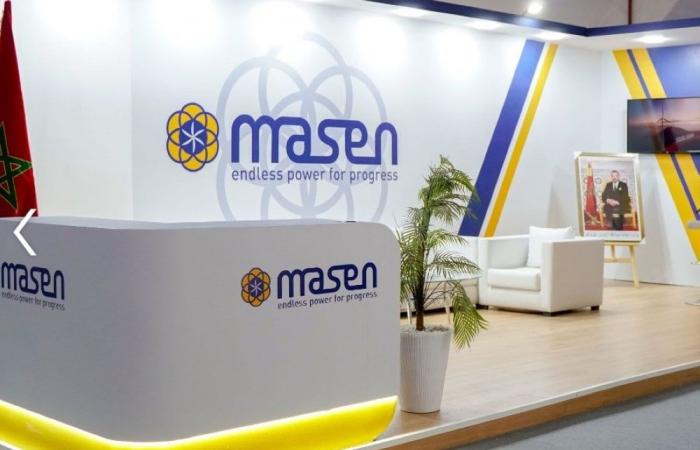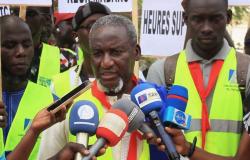The multi -site solar project Noor Atlas Finally, leaves the shadow of a long tunnel. More than twelve years after its initial launch by theOneethis program of photovoltaic power plants, now carried by Massstarts a new concrete phase. Two major signals testify: the official creation of a dedicated subsidiary and the launch of a call for tenders for the designation of a technical assistant Owner Engineer for the realization of the program.
Indeed, the head of government has just authorized the Moroccan agency for sustainable energy (MASEN) to create the subsidiary “Noor Atlas Energy Company SA”, an anonymous company with an initial capital of 300,000 dirhams, 100% owned by Masen or one of its entities. Published in the Official Bulletin of April 10, this decision makes it possible to provide the program with an autonomous legal structure, responsible for the development, construction, operation and maintenance of power plants.
The forecast cost of the program amounts to 2.775 billion dirhams, funded through concessional loans from the German bank KFW and the European Investment Bank (BEI), in addition to a complementary credit with banks in Morocco.
The project is now made up of six photovoltaic power plants Distributed in five regions, for a total power of 291 megawatts (MW): He is the Hebrews of Matan (Oriental region) Young bouanane (province of Figuig), Young boudnib (Province of Errachidia), Noor Enjil (Boulemane province), Noor tan-tan et noor tata.
These sites were chosen according to their exceptional solar potential, land availability and their connection to the electrical network.
In this dynamic, Masen has also just launched a call for tenders to recruit an Owner Engineer, an independent technical advisor responsible for supporting the agency throughout the program. Technical assistance is financed by the funds of the European Commission investment program.
Note that to carry out the Noor Atlas solar project, Masen already launched, in July 2022, an international call for tenders (still in progress) in order to select the manufacturer (s) from the 8 companies/pre-qualified consortiums.
-Technical assistance, it will take place from the detailed design phase and until the full commissioning of the six power plants. Its mission will be in particular to control the technical studies provided by the companies selected, to assess the compliance of plans and equipment, to follow on site work, and to supervise performance tests.
Its role will also cover the global coordination between the various players (Masen, EPC companies, environmental consultants) in order to ensure the smooth running of operations, within the required deadlines and standards. The expert will also have to ensure compliance with environmental and social commitments taken vis-à-vis international donors.
This program consists of 2 lots, depending on the geographic proximity of the sites. Lot 1 includes 4 photovoltaic solar power plants: Aïn Beni Mathar, Enjil, Boudnib and Bouanane. Lot 2 carries on two PV power stations: Tan-Tan and Tata.
For Lot 1, the realization of the 4 power plants must be completed within 18 months, from the date of the order of service of the EPC contract (engineering, supply and construction contract established between Masen and project manager who will be responsible for the construction of each lot of works in the PV solar Noor Atlas), with a minimum of 2 power plants which must be carried out within 13 months. For Lot 2, the realization of the 2 power plants must be completed within 18 months, from the date of the order of service of the EPC contract, with a minimum of a power plant carried out within 13 months.
The initial calendar for the production of power plants will be provided in the technical offer of/ EPC contracts.
The final capacity, the yields, the costs and the technical choices will be set after the signing of the EPC contract (s). The perimeter of the program also covers the infrastructure necessary for its commissioning: access routes, electrical stations, network connections, transport lines and other auxiliary equipment.








